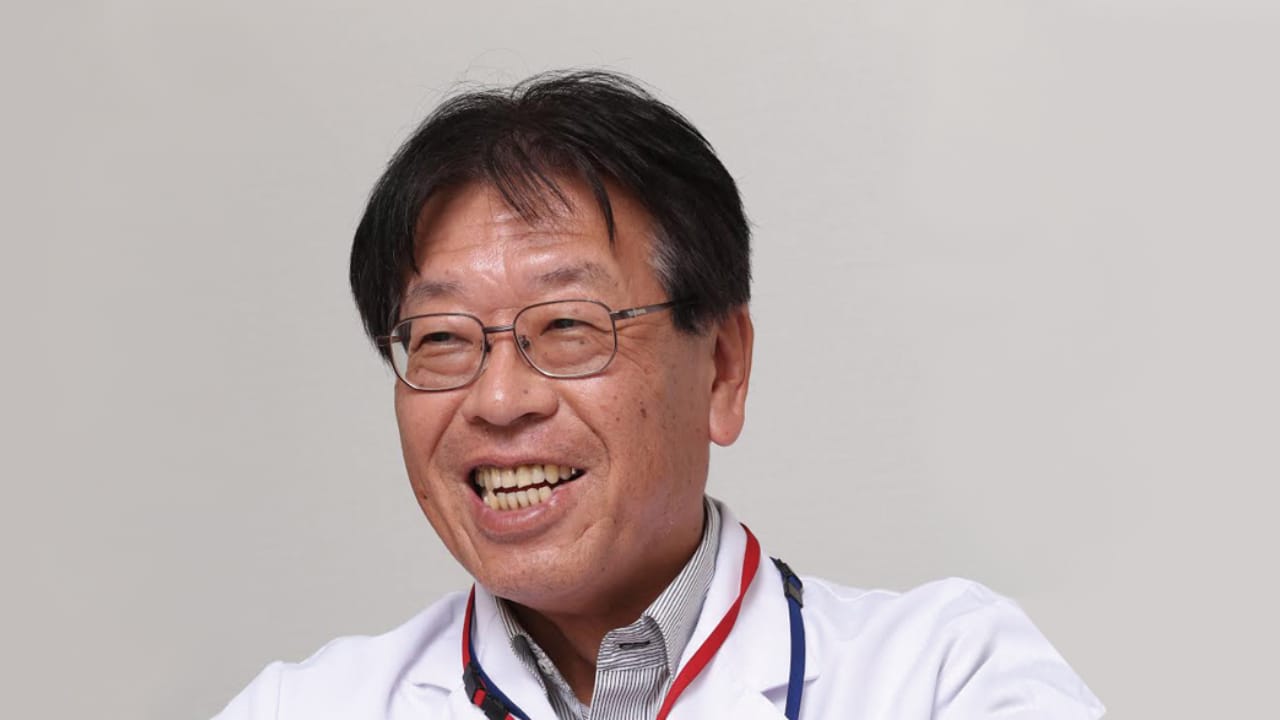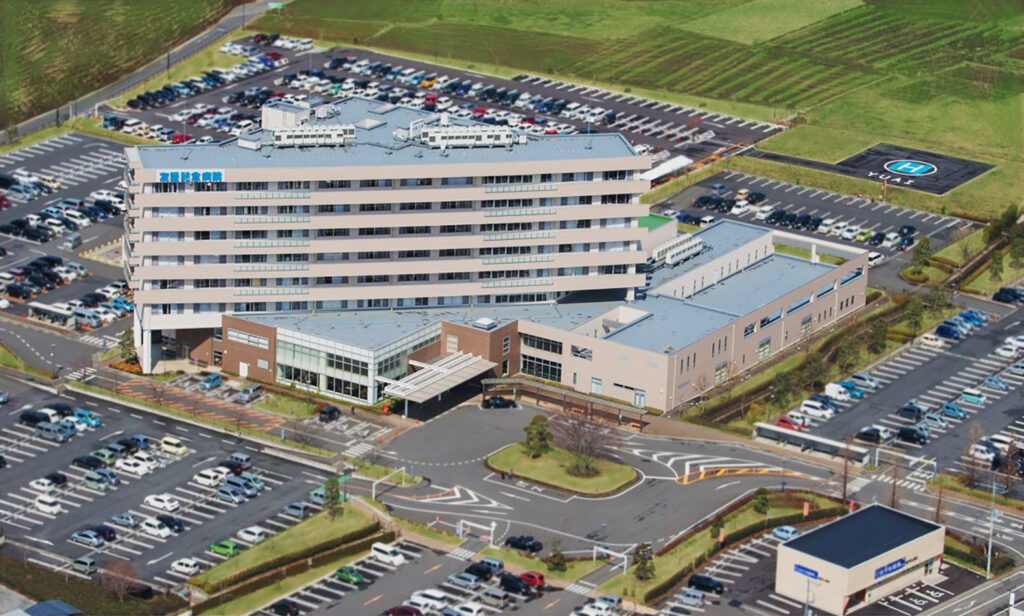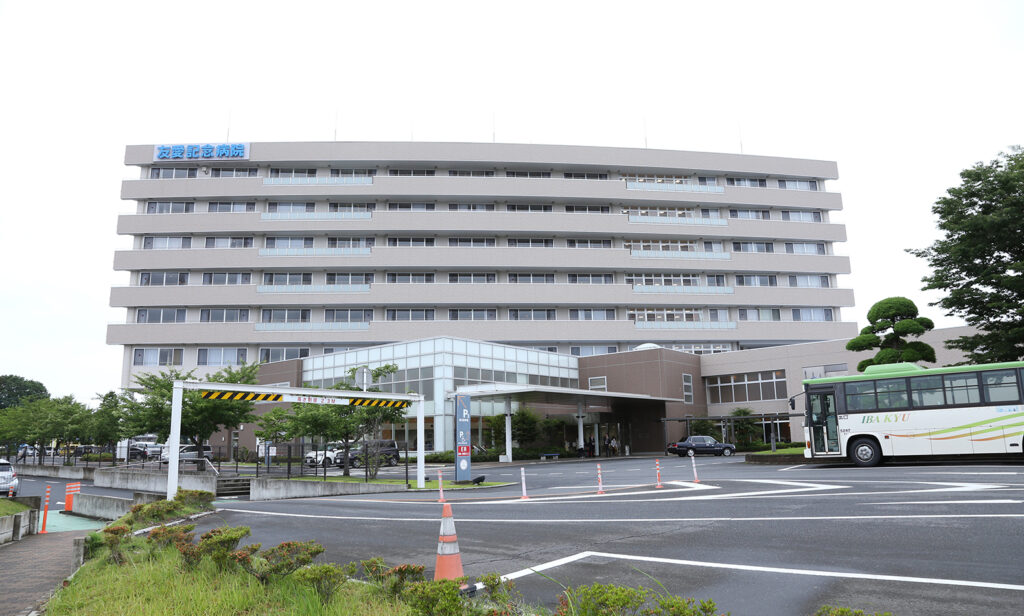ASOURCE®TIMES

友愛記念病院院長
加藤奨一
1958年 神奈川県生まれ
1984年 東京医科歯科大学医学部卒業
土浦協同病院、九段坂病院、都立駒込病院などを経て
2002年より現職(2007年より東京医科歯科大学医学部臨床教授も兼任)
【病院概要】
開院日:1981年1月
病床数:325床(一般病棟272床、地域包括ケア病棟39床、緩和ケア病棟14床)
診療科目:
消化器科/ 外科/ 一般内科/ 循環器科/ 心臓・血管外科/ 呼吸器内科/ 糖尿病科/ 血液内科/ 血管外科/ 呼吸器外科/ 形成外科/ 乳腺甲状腺科/ 乳腺科/ 小児科/ 眼科/ 整形外科/ 脳神経外科/ 泌尿器科/ 皮膚科/ 婦人科/ 緩和ケア科/ 禁煙支援外来/ 放射線腫瘍科/ しゃっくり外来/ 救急科/ 病理診断科
民間病院の経営環境が厳しい中、原価計算システムの導入や患者への診療情報の提供などIT技術を駆使した細やかな経営を行なっているのが、茨城県古河市の友愛記念病院院長の加藤奨一氏である。中規模病院の生き残り戦略を聞いた。
茨城県古河市にある当院は総病床数325の中規模の急性期病院(二次救急)です。2007年に地域がん診療連携拠点病院に指定され、その翌年にDPC対象病院に認定されました。県境にあり、南北にJR東北線が走っているため、栃木県や埼玉県からも患者が多く訪れます。
民間病院にとって本当に厳しい経営環境が続いています。高齢化が進み社会保障費が膨張し続けていますが、国の「医療費抑制」策はイコール「病院の収入削減」策とも言えます。医療の安心・安全を担保するためのシステムづくりなど病院が行政から求められているものは年々増加し続けています。加えて、医療の高度化により、薬剤や医療機器の購入費も増えています。病院を存続させていくためには、これまで以上の経営力が問われるでしょう。

病院経営において診療科別の経済的な実態は見えにくいとされます。原価計算が必要であると以前から感じていましたので、昨年新たに原価計算システムを導入しました。これにより診療部門別の収益の把握がほぼ可能となりました。その分析によると、「なんとなく」という感覚で捉えていたコストの数字が予想外のものでした。すなわち、収入額が高いため収益が上がっていると思われていた診療部門が、実は医療機器購入やメンテナンスにかかる費用が高かったり、ナースや技師が多く投入されていたりして、計算上、赤字となっていました。これにはたいへんショックを受けました。やはり具体的な数値として可視化することが大事だと痛感しました。
また、当院ではDPC分析ベンチマークシステムも導入しています。クリニカルパスを利用して効率的な治療を心がけていますが、そのシステムによると、ある疾患においては他院よりも在院日数が長いことが判明しました。やはりその診療部門の収益は思わしくなく、改善が必要と判断できました。
基本、7対1病棟で急性期医療を行い、急性期を脱した患者は地域包括ケア病棟(39床)に転棟して必要なリハビリを提供しながら在宅復帰を進めています。がん患者の緩和ケア病棟(14床)にも力を入れています。患者さんとご家族の思いを尊重し、患者さんが自分らしく穏やかに過ごすことができるように専門家の多職種チームにより患者さんとご家族のサポートをしています。
患者さんが自分の診療情報を無料でパソコンやスマートフォンで閲覧できるシステムを今年6月から導入しました。患者さんが閲覧できるのは、当院で受けた血液検査などの検査結果や処方された薬の内容、X線、CT、MRI、内視鏡検査などの画像です。このサービスを受けられるのは、診療情報の二次利用に同意した患者さんです。患者さんは自分の診療情報をもとに疑問点を医師に質問できるほか、別の医療機関でのセカンドオピニオンなどを求める際の資料とすることが可能になります。地元診療所のかかりつけ医に患者の診療情報を見てもらい、病診連携の際にも役立ててほしいと思っています。
当院は二次救急医療機関ですので、心疾患や脳疾患などの急患を三次救急医療機関である獨協医科大学病院や自治医科大学附属病院、筑波大学附属病院などに搬送する場合があります。年間10数例ほどでしょうか。これまでは病院から1.3km離れたサッカー場まで患者を救急車で搬送し、そこに着陸した救急医療用のヘリコプターで搬送していましたが、一刻を争う急患の処置を円滑に行うため、今年3月に病院の駐車場の隣に新たにヘリポートを新設しました。総工費は2,500万円かかりましたが、救急医療体制の強化のほか、災害時にも活用できるものと思います。

がん診療連携拠点病院であっても、地方では、がん医療に関わる医師の充足がなされておらず、がんの全領域の診療をカバーするのは難しいとされます。当院も同様の問題に直面していて、呼吸器外科医などの医師不足に常時悩まされてきました。幸い、昨年より腕利きの呼吸器外科医が常勤となり、肺がん患者さんなどの手術が自院でできるようになりました。当院の得意としている消化器外科を中心としたがん診療に呼吸器外科を加えて、さらなるがん治療の充実に努めていきたいと思っています。がん診療の一貫として、消化器外科では大腸がん後のストーマケアにも力を入れています。大腸がんの増加に伴い、ストーマを装着する患者さんの数は20万人とも言われています。週1回のストーマ外来では、オストメイトの方お一人に対して30〜60分の診療時間を設けて看護師が親身にケアや相談に応じています。
日本人の死因の約6割は、がん、心臓病、脳卒中などの生活習慣病とされます。生活習慣病の予防と早期発見に重要なのが健診です。当病院に併設する形で総合健診センターを設けており、住民検診や企業検診、ドックなどを実施していますが、年間1万7,000件となり飽和状態となりました。年間5万件くらい対応可能な施設を新たに作りたいと思っています。
今後の夢としては、周産期医療の実現でしょうか。現在古河市内に分娩出できる施設は2箇所しかなく、数年後は最悪ゼロになるかもしれません。周産期医療は、産科・小児科双方からの一環した総合的な体制が必要となり人手がかかりますが、地域で安心して出産できるよう、その可能性を模索してみたいと思っています。